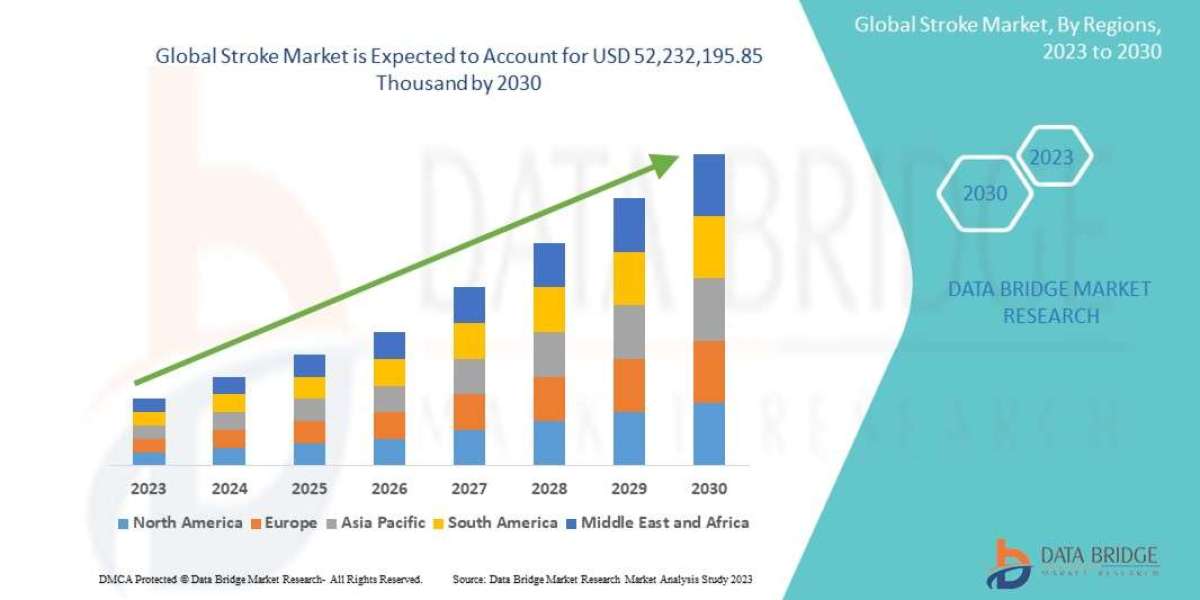Introduction
In recent years, Artificial Intelligence (AI) has revolutionized various sectors, including finance and commodities trading. One of the intriguing questions is whether AI can predict the future prices of metals accurately. This blog delves into the capabilities of AI in price prediction, its applications, and the factors influencing its accuracy.
The Basics of AI in Price Prediction
Understanding AI Price Prediction
AI price prediction involves using machine learning algorithms and historical data to forecast future prices of metals.
AI utilizes vast datasets to identify patterns.
Machine learning models can continuously learn and adapt.
Algorithms like neural networks and decision trees are commonly used.
Data sources include market trends, economic indicators, and geopolitical events.
AI provides real-time analysis and predictions.
It helps investors and traders make informed decisions.
Reduces human bias and errors in price forecasting.
Importance of Accurate Metal Price Predictions
Accurate price predictions are crucial for various stakeholders in the metals market.
Helps businesses in budgeting and financial planning.
Aids in making strategic decisions on buying and selling.
Minimizes risks associated with price volatility.
Provides insights for investment portfolios.
Influences supply chain management and procurement strategies.
Supports governments in policy-making related to trade and tariffs.
Enhances profitability for traders and investors.
How AI Models Work for Price Prediction
Data Collection and Processing
Data collection and processing are foundational steps in AI price prediction models.
Sources include historical price data, news articles, and market reports.
Data preprocessing involves cleaning and normalizing data.
Feature selection identifies relevant variables affecting metal prices.
Data is split into training and testing sets for model evaluation.
Real-time data feeds enable up-to-date predictions.
Big data technologies handle large volumes of information.
Ensures high-quality, accurate inputs for the AI models.
Training Machine Learning Models
Training machine learning models is a critical phase in developing accurate price predictions.
Involves feeding historical data into the AI system.
Models learn to identify patterns and correlations.
Techniques like supervised and unsupervised learning are used.
Continuous training improves model accuracy over time.
Backtesting with historical data validates model performance.
Hyperparameter tuning optimizes model settings for better results.
Regular updates ensure models adapt to changing market conditions.
Factors Influencing Metal Prices
Economic Indicators
Economic indicators play a significant role in determining metal prices.
Gross Domestic Product (GDP) growth affects demand.
Inflation rates influence purchasing power.
Interest rates impact investment in commodities.
Unemployment rates correlate with industrial activity.
Trade balances affect import and export dynamics.
Currency exchange rates impact international trade.
Economic policies and regulations shape market conditions.
Geopolitical Events
Geopolitical events can cause significant fluctuations in metal prices.
Wars and conflicts disrupt supply chains.
Trade agreements and tariffs affect market access.
Political instability creates uncertainty in markets.
Natural disasters impact mining and production.
Government policies on mining and environmental regulations.
Sanctions and embargoes restrict trade with certain countries.
International relations influence global commodity flows.
Challenges in AI Price Prediction
Data Quality and Availability
The quality and availability of data are critical challenges in AI price prediction.
Incomplete or inaccurate data can lead to faulty predictions.
Historical data may not always reflect current market conditions.
Real-time data collection requires robust infrastructure.
Data privacy and security concerns.
Limited access to proprietary market information.
Variability in data sources and formats.
Ensuring data relevance and timeliness.
Model Complexity and Interpretability
Model complexity and interpretability are significant hurdles in AI-driven price predictions.
Highly complex models may overfit to historical data.
Difficulty in understanding how models arrive at predictions.
Need for transparent and explainable AI systems.
Balancing model accuracy with interpretability.
Ensuring models are not biased or discriminatory.
Regularly updating models to reflect market changes.
Combining multiple models for better accuracy.
Applications of AI in Metal Price Forecasting
Investment and Trading
AI has significant applications in investment and trading sectors for metal price forecasting.
Provides traders with actionable insights for buying and selling.
Enhances portfolio management through predictive analytics.
Reduces human error and emotional biases in trading.
Supports algorithmic trading strategies.
Offers real-time market analysis and alerts.
Integrates with trading platforms for seamless operations.
Improves risk management and mitigation.
Supply Chain Management
AI-driven metal price predictions are crucial for effective supply chain management.
Helps in strategic procurement and inventory management.
Reduces costs associated with price volatility.
Enhances supplier relationship management.
Optimizes production planning and scheduling.
Provides insights into future demand and supply trends.
Supports negotiation and contract management.
Improves overall supply chain resilience.
Future Prospects of AI in Metal Price Prediction
Advancements in Machine Learning Techniques
Future advancements in machine learning techniques promise to enhance AI's accuracy in price prediction.
Development of more sophisticated algorithms.
Integration of deep learning for better pattern recognition.
Use of reinforcement learning for adaptive predictions.
Incorporation of natural language processing for sentiment analysis.
Enhanced computational power for processing large datasets.
Improved feature engineering and data augmentation.
Collaboration between academia and industry for innovation.
Integration with Other Technologies
The integration of AI with other technologies will further enhance its capabilities in metal price prediction.
Combining AI with blockchain for transparent data management.
Use of IoT for real-time data collection from mining sites.
Integration with big data analytics for comprehensive market insights.
Application of quantum computing for faster data processing.
Development of AI-driven decision support systems.
Leveraging cloud computing for scalable AI solutions.
Incorporating AI with robotics for automated trading and analysis.
In conclusion, AI has shown immense potential in predicting the future prices of metals, offering significant advantages to investors, traders, and businesses involved in the metals market. By leveraging vast amounts of data, advanced algorithms, and machine learning techniques, AI provides more accurate and timely insights than traditional methods. However, challenges such as data quality, model complexity, and external influencing factors remain. As technology continues to advance and integrate with other innovations, the accuracy and reliability of AI in metal price prediction are expected to improve, making it an indispensable tool in the financial and commodities sectors.
FAQs
1. How does AI predict metal prices?
AI predicts metal prices using machine learning algorithms that analyze historical data and identify patterns to forecast future trends.
2. What factors influence the accuracy of AI price predictions?
Factors include data quality, economic indicators, geopolitical events, and the complexity of the AI models used.
3. Can AI predictions replace human analysts?
While AI provides valuable insights and reduces human error, it is best used in conjunction with human expertise for more comprehensive decision-making.
4. How often do AI models need updating?
AI models need regular updates to adapt to changing market conditions and incorporate the latest data for accurate predictions.
5. What are the benefits of using AI for metal price predictions?
Benefits include improved accuracy, real-time analysis, reduced human bias, better risk management, and enhanced decision-making capabilities.
To Get Real-Time Price of Metal visit: https://pricevision.ai/
Source: https://bresdel.com/blogs/550803/Can-AI-Predict-the-Future-Prices-of-Metals-Accurately







